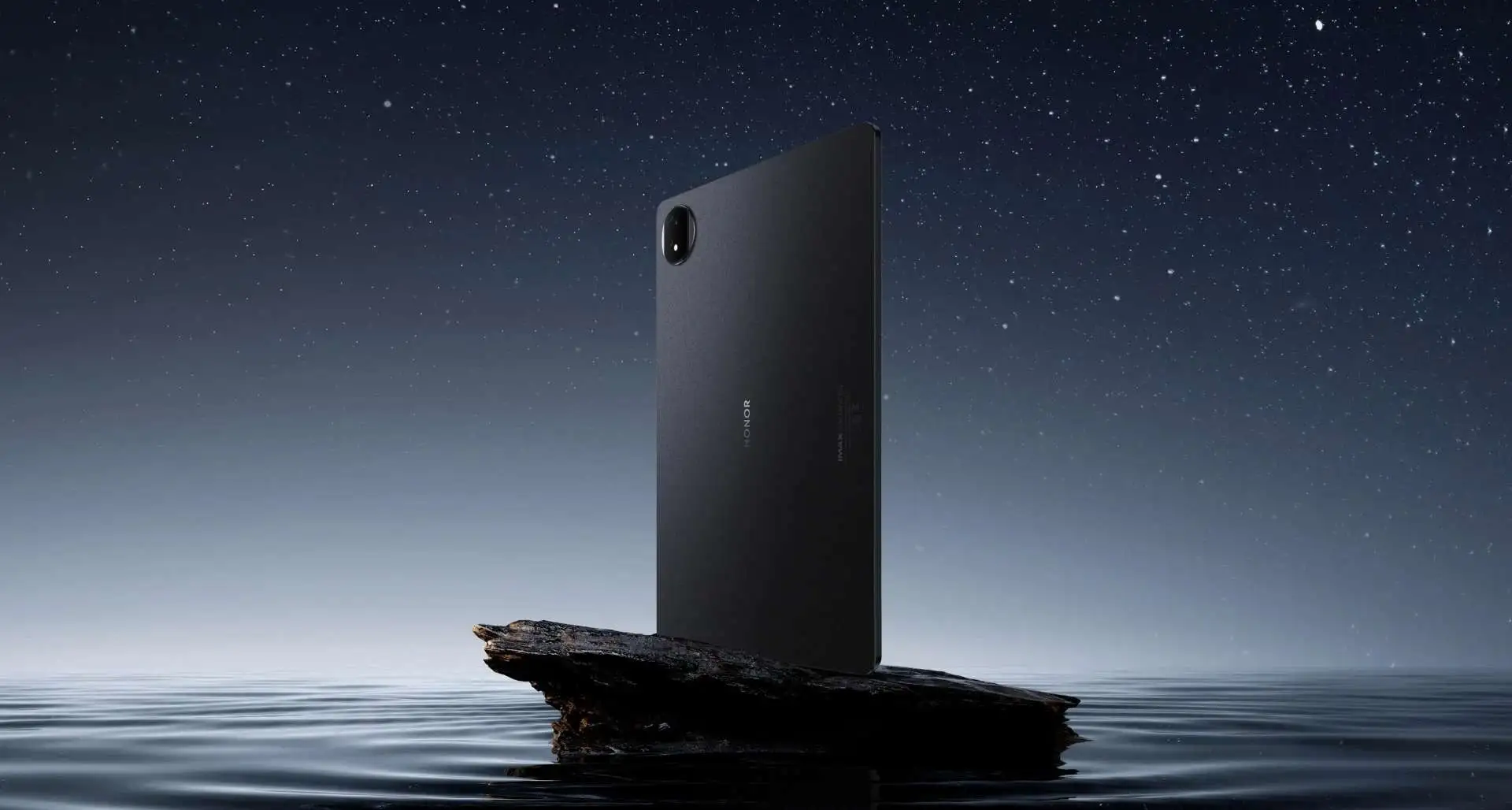Humanity has left A tangible track on the moonAlthough someone continues to regard it as incorrect, but arise aside, today The same footprints run the risk of being removed forever. To launch the alarm, scientists, international institutions and non -governmental organizations, who explicitly ask for a global regulatory framework for Protect the extraterrestrial cultural heritage before the newcomers on the surface area endanger his integrity.
The World Monuments Fund (WMF), famous for its activity to defend the World Heritage, has included the Moon on the “Watch 2025” list, a selection of the most risks in the world. A symbolic and important gesture, which is planning to draw attention to the urgent need to protect the first traces of spatial exploration: from the iconic Apollo 11 site to new missions that often leave mechanical remains and Edelle instruments for future studies.
Jonathan Bell, vice -president of the WMF, compares the situation with what has already been done with the Antarctic Convention, which protects historical locations in extreme environments. “Time has come – he says – to develop a similar policy, also for the moon, taking into account missions from the past as part of a collective legacy of humanity”.
Reflection also includes the academic world. Justin Holcomb, geologist at the University of Kansas, explains how It is possible to speak about a “moon -antropocene”. Human activity has even left a concrete print on our natural satellite: from the footsteps of astronauts to the technological fragments that were left during landings. “Recent missions such as those of Firefly or intuitive machines – says Holcomb – create new archaeological sites, and this requires awareness and responsibility”.
Legislative and diplomatic initiatives are accompanied by this cultural thrust. The for All Moonkind Organization worked together on the introduction of American legislation in 2020, the first to officially recognize the presence of a human legacy in space. In addition, the group contributed to the Drafting of artemis agreements, now signed by 55 countriesIncluding principles of protecting historical sites of Maan.
Michelle Hanlon, Co -Founder of For All Moonkind, underlined the progress that was also made in the UN. The Pacific Use Committee of the external space (copuos) recently established a working group – ATLAC – to promote a global dialogue about moon activity, supported by countries such as the United Kingdom, Poland and Armenia, who have explicitly asked that the protection of cultural heritage is an integral part of such discussions.
However, the challenge is far from simple. The current treatise on extra-atmospheric space guarantees all countries free access to any area of the moon, which means that every exclusion proposal complex is Or physical protection of the sites. “A shared reinterpretation of the treaty will be necessary – explains Hanlon – to create access protocols that do not violate the principles of free use, but who guarantee the preservation of our common history”.
In the meantime, the long -term working group for the sustainability of Copuos -spatial activities is also evaluating to include the security of the cultural heritage of the space under the objectives, as proof of how permanent the theme has now entered the international agenda.
#Historical #sites #moon #protect #late




